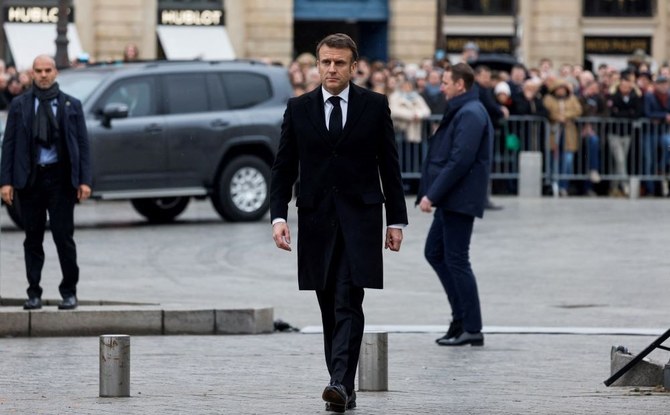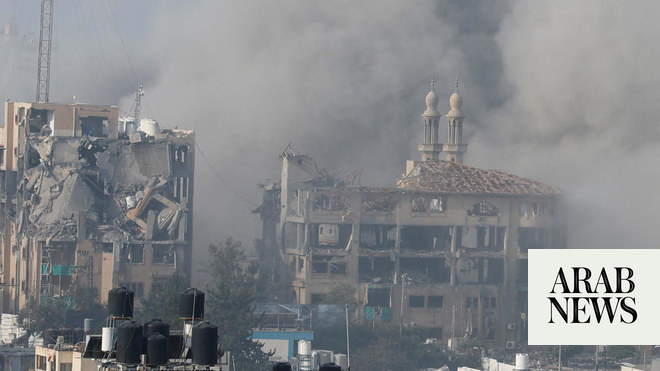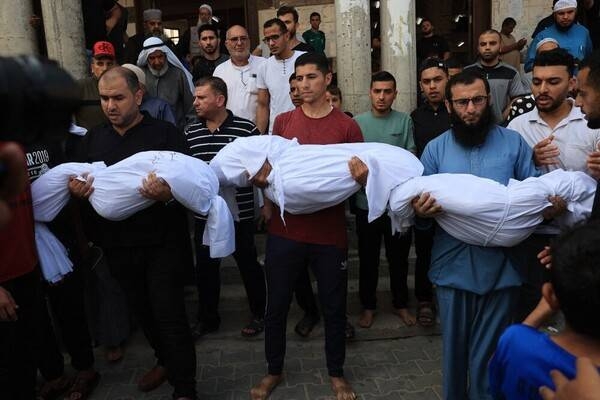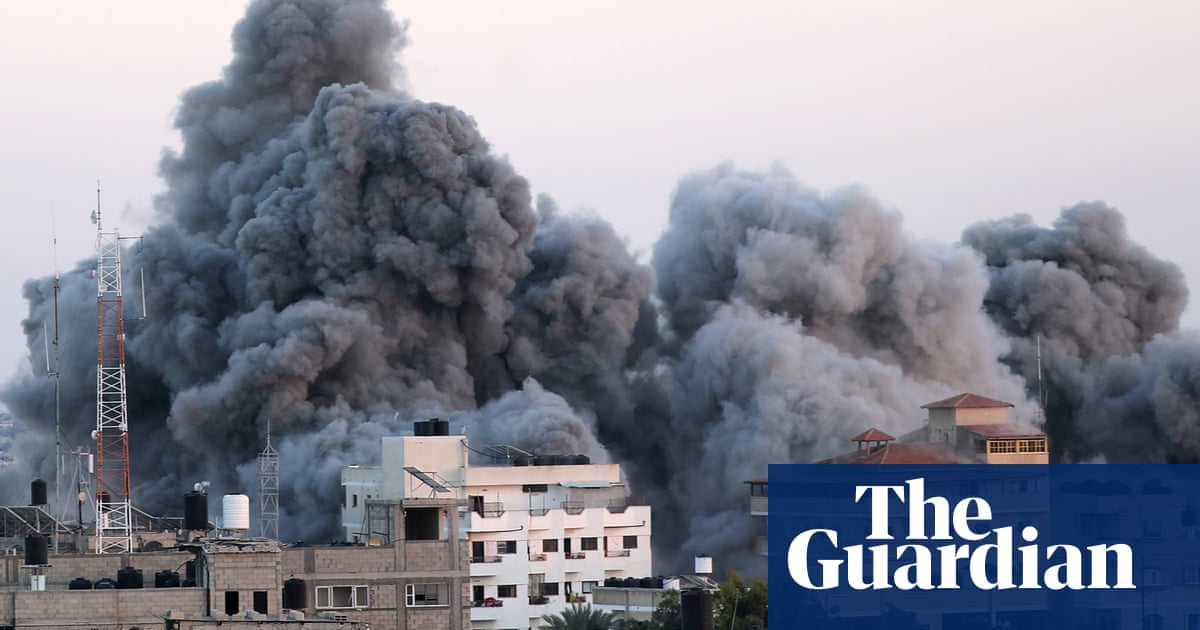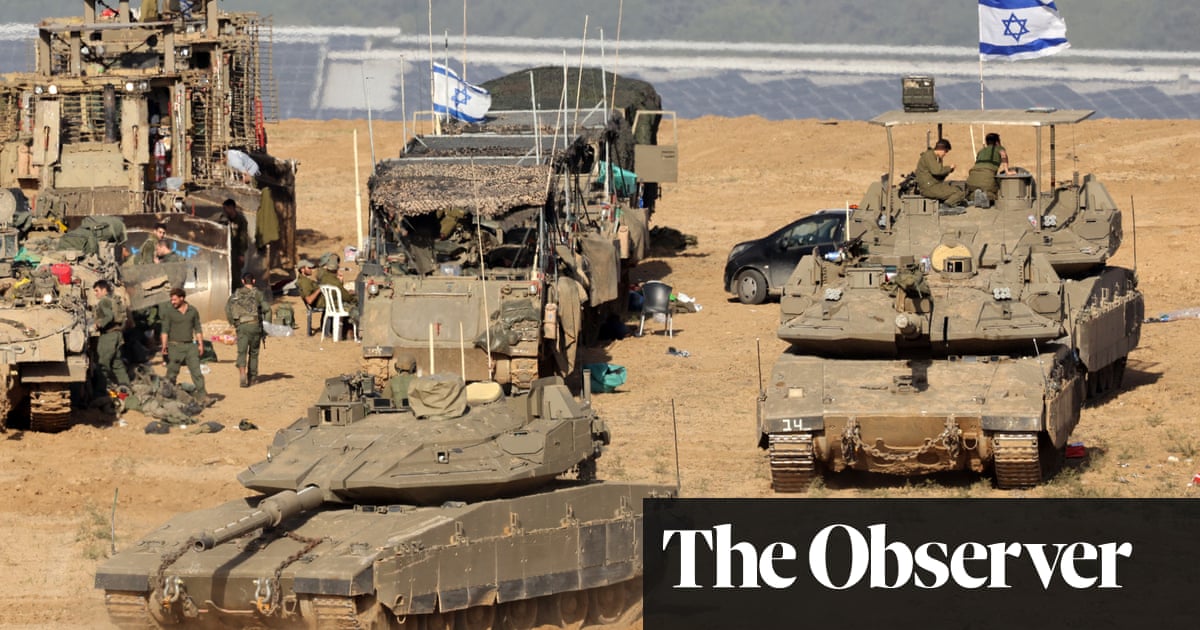
The war between Israel and Hamas in Gaza has reached a fateful juncture. Last week’s breakdown of a seven-day “pause” in the fighting has been swiftly followed by resumed Israeli bombardment, targeting all areas of the territory, and by renewed Hamas attacks. The collapse of the truce, deplorable and avoidable in itself, has potential to spark violence and suffering on a level surpassing even that of recent weeks. Israel says it plans to take the war deep into the heart of southern Gaza, where up to 2 million people are trapped. Hamas’s leaders, pledged to Israel’s destruction, show no sign of ending their resistance.
The resumption of hostilities has dashed hopes that Antony Blinken, the US secretary of state, who visited Israel last week, would persuade the two sides to prolong the pause or even make it permanent. It means the horrendous humanitarian crisis inside Gaza will inevitably worsen. Aid agencies and the UN say the health system has all but imploded and food, clean water and other basics are desperately short. It means aid deliveries from Egypt are being disrupted again and the releases of hostages and prisoners, which brought limited joy last week, will cease.
It also means the wider dangers inherent in this conflict are coming back into focus. Hezbollah, the powerful Iranian-backed militia in Lebanon, and Iran itself have repeatedly warned that renewed slaughter in Gaza could trigger dangerous escalation, turning northern Israel and the West Bank into battlefields. This in turn could destabilise unpopular regimes from Egypt to the Gulf – a scenario that western governments find deeply alarming. More than 15,000 Palestinians are said to have died since the 7 October Hamas terrorist attacks that killed 1,200 people, mostly Israeli civilians, in southern Israel.
Despite intense American and Arab pressure, Benjamin Netanyahu, Israel’s internationally isolated, domestically reviled, hard-right prime minister, backed for now by his hawkish war cabinet, is adamant the war will continue, and intensify, until its aims – elimination of Hamas, return of hostages and removal of future threats – are achieved. Israeli forces were now “charging forward” to total victory, Netanyahu said.
This partial Israeli refusal to follow American advice is one of the more extraordinary consequences of the conflict
Blinken’s pleas that greater care be taken to avoid civilian casualties and safeguard relief supplies do not appear to have radically changed the military’s approach. Palestinians say that nearly 200 civilians died in the first day of resumed fighting. This partial, but nevertheless surprising, Israeli refusal to follow American advice is one of the more extraordinary consequences of the conflict. What looks increasingly like a fundamental disagreement with Washington may have lasting, negative implications for Israel.
Netanyahu and his generals do seem to have heeded the US president Joe Biden’s insistence that they develop a post-war plan for Gaza – but their ideas, insofar as they are known, are objectionable and impractical. One is to create a permanent buffer zone by carving out scarce land from densely inhabited Gaza. Another is to effectively resume open-ended military occupation while “demilitarisation” and “de-radicalisation” of the population are carried out. Officials predict a long-drawn-out, gradually de-escalating “multiphase” conflict possibly stretching into 2025. Netanyahu, meanwhile, flatly rejects Biden’s suggestion that the Palestinian Authority take charge in Gaza after the war.
Similarly unworkable and objectionable are Israeli plans to sub-divide Gaza’s neighbourhoods into hundreds of small, supposedly safe zones into which civilians would be directed back and forth, day by day, even hour by hour, to avoid shifting waves of fighting. Residents are supposed to use a QR code linked to an Israeli military website that tells them when and where to evacuate. This is wholly unrealistic in a territory under fire and with notoriously unreliable telecommunications. More than that, it is shameful even to think of treating terrified, homeless families and traumatised children as if they were sheep or goats to be herded into pens.
Israel’s declaration that Khan Younis, the main city in southern Gaza, where it believes the Hamas leader Yahya Sinwar is holding out, is now a “dangerous combat zone” risks additional, large-scale casualties in the coming days. This is the area to which Palestinians from the north were instructed to flee when the ground invasion began. Where, realistically, are they to go now? Into the sea? This order will intensify suspicions that Israel’s ultimate aim is to force a 1948-style mass exodus of Palestinians into nearby Arab countries – in effect, a second Nakba (catastrophe).
At this fateful moment, Israel has a clear if unpalatable choice. It is fully justified in seeking to punish those responsible for 7 October. It has a right to try to ensure nothing like it happens again. But it cannot and must not do so by continuing to kill, unintentionally or not, thousands of blameless civilians. If Netanyahu cannot guarantee the safety of civilians in this next phase of the war, then he must offer a resumption of the truce as a prelude to more hostage releases and ceasefire negotiations.
A normally mild-mannered yet clearly exasperated Blinken spelled it out last week in Tel Aviv. “Israel has one of the most sophisticated militaries in the world. It is capable of neutralising the threat posed by Hamas while minimising harm to innocent men, women and children. And it has an obligation to do so.” Israel must abide by the laws of war and international humanitarian law, Blinken said. “The massive loss of civilian life and displacement of the scale we saw in northern Gaza [must] not be repeated in the south.” Netanyahu should take notice before it’s too late.




